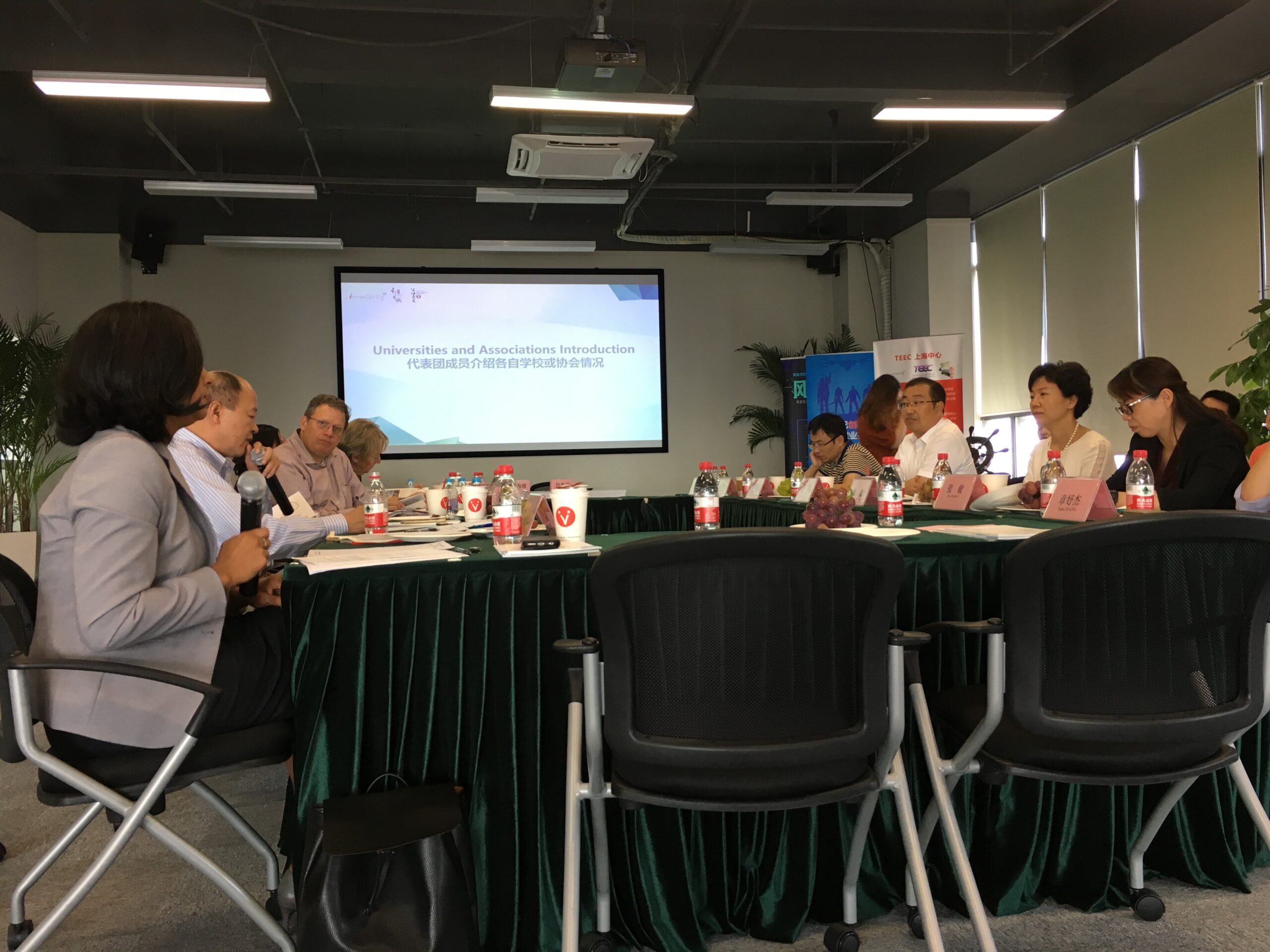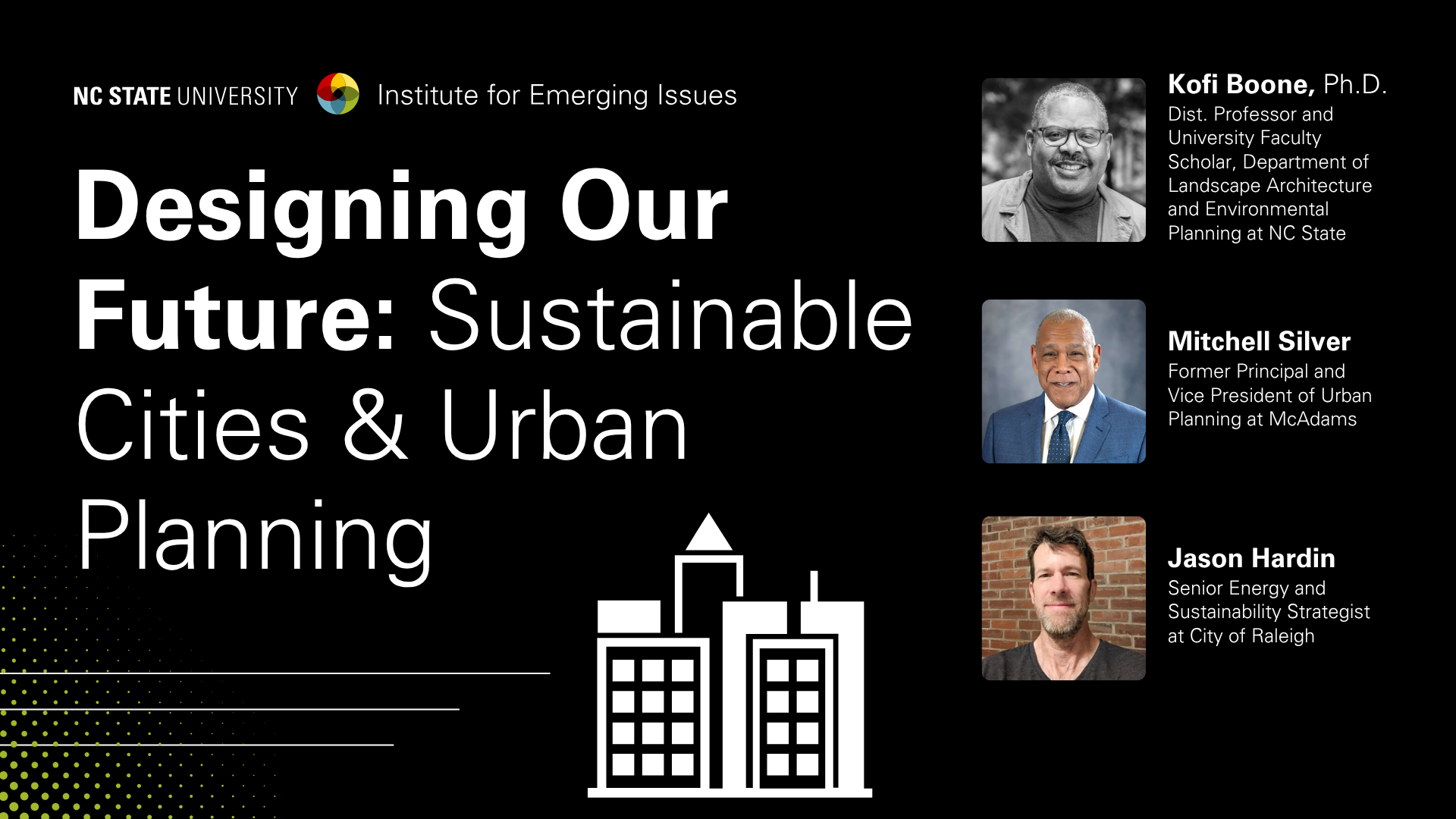Greetings from China | Day 2

 IEI Director Leslie Boney is spending the week in China as a guest of the International Universities Innovation Alliance. He’s sharing some thoughts as the country’s “Great Firewall” permits.
IEI Director Leslie Boney is spending the week in China as a guest of the International Universities Innovation Alliance. He’s sharing some thoughts as the country’s “Great Firewall” permits.
Day 2:
“China Time.”
I’ve been to this amazing country five times since 2008. Each time I’ve gotten a little bit better understanding of some of the ways China works, and I always feel like seeing its differences helps me to understand more about my home state.
One of the most important concepts in China (and a few other Asian countries) is the notion of duality in life, opposing forces, yin and yang. The idea plays out in medicine, ethics, and public policy. And there always seems to be two ways of looking at the same problem.
One of the fascinating dual concepts is “China Time.” You will hear it used in two completely different ways.
On the one hand, China Time refers to a way of doing business that seems to take forever. Unlike the U.S., you don’t arrive for a meeting with someone you haven’t met and immediately launch into an agenda. There is a respectful exchange of cards. First there is tea (or more often these days, coffee. Investment tip: buy Starbucks stock), or a meal, or toasts, or small talk – often all four. There is a long set of introductions and announcements of intent and a broad discussion of what you had planned to be very specific about. Maybe, just maybe, you will be able to make substantial progress in the final five minutes of the meeting or on the way out the door. China Time can be VERY slow.
On the other hand, once a decision – to work together on a project, to make something, to build something – once that level of familiarity or trust or commitment is attained, China time can move at disorientingly fast speed. You reach the end of negotiation and the project should start….NOW.
I traveled last night between Shanghai and Suzhou via a high-speed rail line running 325 miles in just under two and a half hours, with cruising speed of 180 miles per hour. The line was built, from what I can gather, in two years. China Time can be lightning fast.
We could probably use a little more slow China time in the U.S. – someone once told me you can’t be efficient with people. The value of getting to know someone before you ask them for something or tell them something or decide you are going to work with them, is that you learn how to work with them or whether it even makes sense to work with them on the front end, saving yourself expensive or painful lessons later. Surely it would save us a lot in legal fees.
But we also could probably learn something from fast China time. There is a point after all the due diligence, permit-getting, soul-searching when you have to just do it – launch the project, make the move, build the road. And then you have a track you can use. Which was the whole point of all the planning.
(Above image: A three hour meeting of US delegation with hosts to discuss how universities can get more engaged in public policy and economic development.)
<– Greetings from China | Day 1 Greetings from China | Day 3 –>


